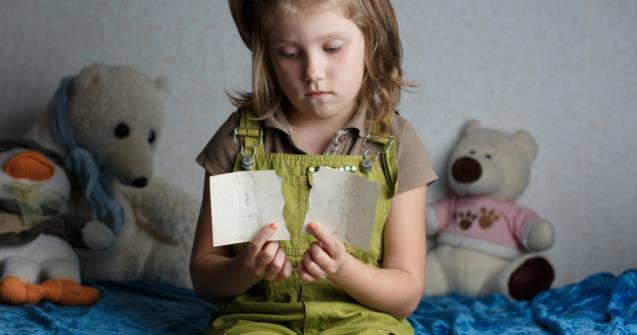
Definition and components of anxiety
A few weeks ago, I attended a highly relevant anxiety workshop. Anxiety is a problem that is very near and dear to me. Nonetheless, I must admit that it pushes me beyond my comfort zone. While I am comfortable dealing with a wide range of other difficulties, anxiety makes me uneasy. It was time for me to face the facts and realize that I did not understand anxiety. What’s more, identifying adequate interventions to help children and parents deal with anxiety was challenging for me. That is precisely why I decided to bite the bullet and take the necessary steps to acquire more knowledge and tools to add to my toolbox.
I have written a few articles about anxiety. Here, my goal is to help you better understand anxiety and differentiate normal anxiety from problematic anxiety.
To begin, let’s attempt to define anxiety. Anxiety is essentially a normal emotion. It is in fact discomfort that is felt when we consciously or unconsciously face a danger or new situation. The anticipation of the situation can alter how we function.
It is also very important to understand that several phases in normal childhood development involve anxiety. Certain fears can be present.
6 months-2 years old: fear of strangers, of new situations, of loud noises, separation anxiety.
2-4 years old: fear of monsters, of imaginary creatures, of the dark, of sleeping alone, anxiety is often present during bedtime rituals, fear of loud noises, fear of being separated from parents.
4-7 years old: fear associated with certain situations or objects, fear of certain elements of nature, of wild animals or pets, fear associated with academic performances or relationships with peers.
To help you better understand and recognize the major differences between normal and problematic anxiety, I have prepared a list of the major characteristics of each one.
Characteristics of normal anxiety:
- Anxiety is triggered by situations that are dangerous or threatening for the child.
- Child’s reactions are not very intense, tolerable, and in line with his level of development.
- Episodes are short-lived and only occur occasionally.
- Reactions are limited to a situation.
- Child’s daily life is unaffected, he continues to function despite his anxiety.
Characteristics of problematic anxiety:
- Triggered by anticipated situations that are not dangerous.
- Intensity of reactions is excessive considering situations, reassuring the child is difficult, his reactions are uncontrollable.
- Anxiety attacks are frequent and prolonged, despite adult’s interventions.
- Child’s ability to function normally is disturbed.
- Child feels discomfort and distress, disturbances are present on many levels (academic, social, family-life, personal, and psychological), he has difficulty functioning in everyday life.
In general, it is important that early childhood educators understand that all children (and adults) can experience signs and symptoms associated with anxiety. Episodes are generally brief and there is therefore no need to panic. However, appropriate interventions are necessary. In an upcoming article, I will provide simple and efficient intervention strategies.
Maude Dubé, Specialized educator

 Home
Home Theme activities
Theme activities
 Babies and toddlers
Babies and toddlers
 Arts and crafts
Arts and crafts
 Science
Science
 Creative recipes
Creative recipes
 Tips and tricks
Tips and tricks
 Special needs
Special needs
 Extra activities
Extra activities
 Educ-TV
Educ-TV
 Newsletter
Newsletter  Online store
Online store Educatall club
Educatall club

